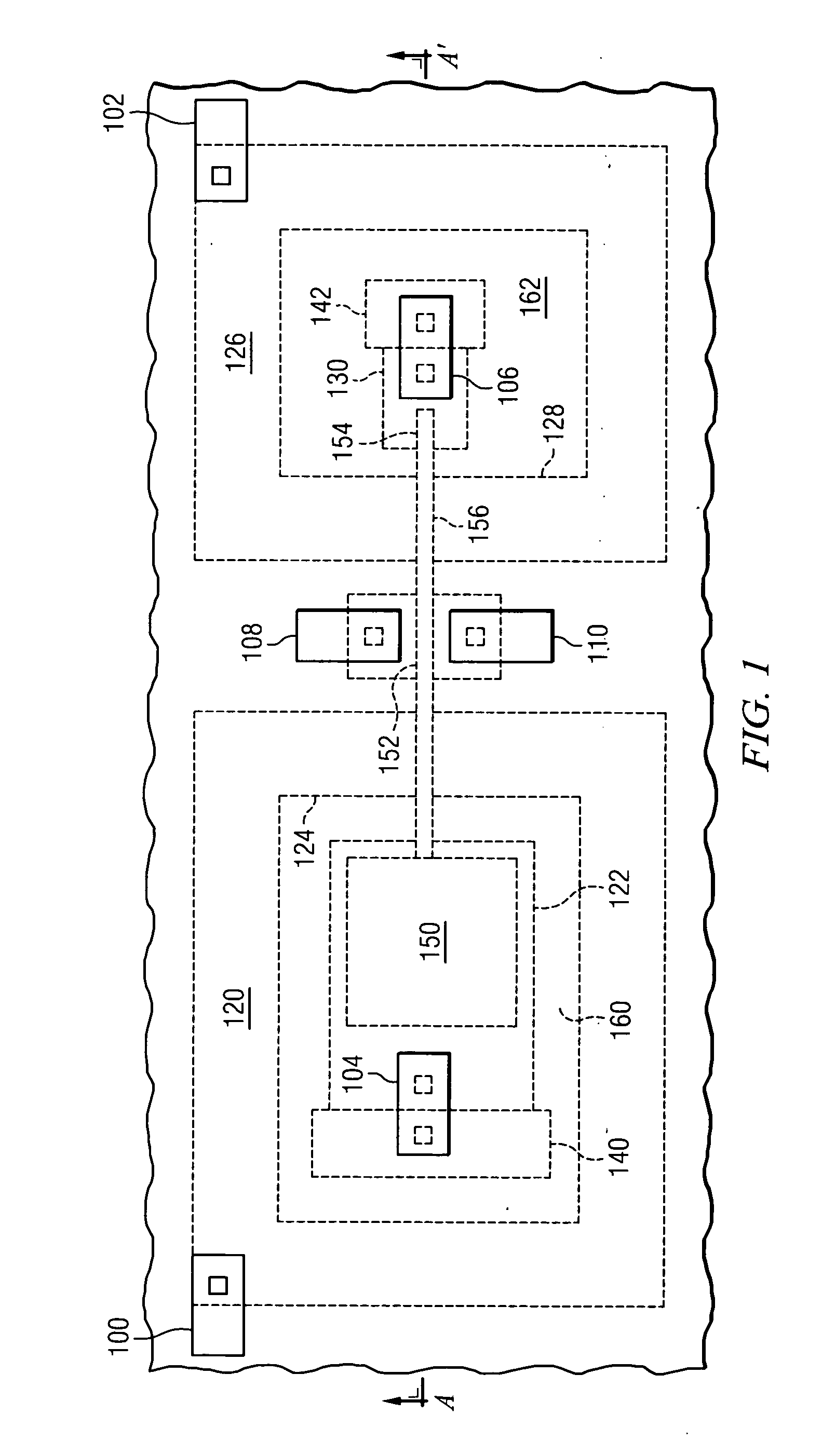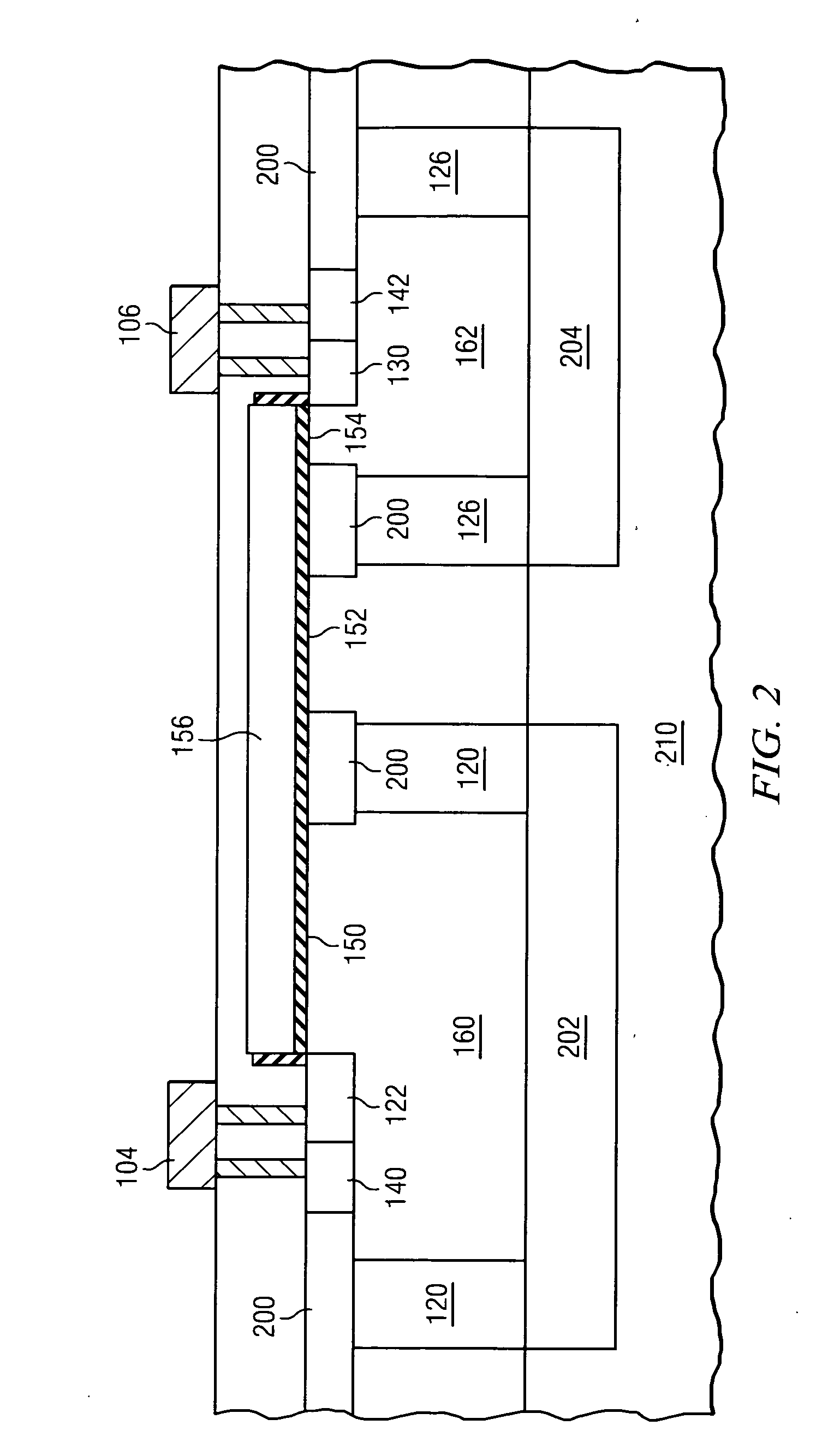Array architecture for reduced voltage, low power, single poly EEPROM
- Summary
- Abstract
- Description
- Claims
- Application Information
AI Technical Summary
Benefits of technology
Problems solved by technology
Method used
Image
Examples
Embodiment Construction
[0019]Preferred embodiments of the present invention provide significant advantages over previous memory array architectures using single polycrystalline silicon EEPROM memory cells as will become evident from the following detailed description. The present inventors have disclosed a single polycrystalline silicon EEPROM cell in U.S. patent application Ser. No. 12 / 462,076, (TI-66531), filed Jul. 28, 2009, and incorporated herein by reference in its entirety. The following discussion briefly describes that EEPROM memory cell to provide a more complete understanding of the present invention. In the following discussion, P and N are used to indicate semiconductor conductivity type. A “+” or “−” sign after the conductivity type indicates a relatively high or low doping concentration, respectively, of the semiconductor region. Furthermore, the same reference numerals are used in the drawing figures to indicate common circuit elements.
[0020]Referring to FIG. 1, there is a top view of a si...
PUM
 Login to View More
Login to View More Abstract
Description
Claims
Application Information
 Login to View More
Login to View More - R&D
- Intellectual Property
- Life Sciences
- Materials
- Tech Scout
- Unparalleled Data Quality
- Higher Quality Content
- 60% Fewer Hallucinations
Browse by: Latest US Patents, China's latest patents, Technical Efficacy Thesaurus, Application Domain, Technology Topic, Popular Technical Reports.
© 2025 PatSnap. All rights reserved.Legal|Privacy policy|Modern Slavery Act Transparency Statement|Sitemap|About US| Contact US: help@patsnap.com



